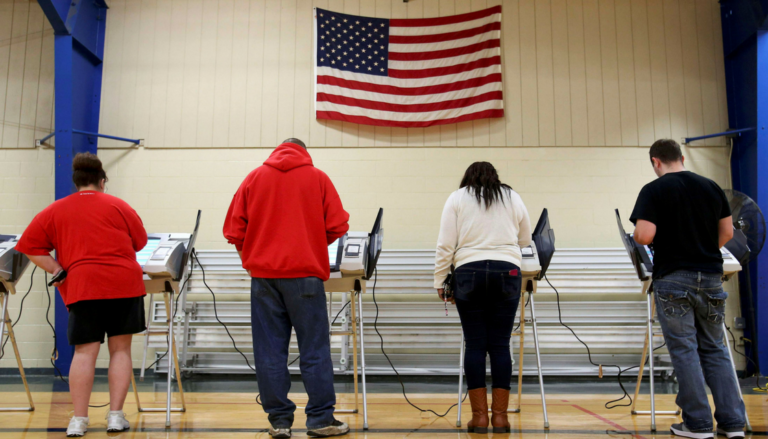Independents Add Two Thirds of New Votes in 2014; Turnout Rates in NC Counties Range Widely
Democrats, seniors, women and African Americans all increased their rate of participation in 2014 compared to the last midterm election in 2010, but the biggest share of new voters came from independents unaligned with any political party, according to an analysis of new data from the State Board of Elections by the nonpartisan voting rights group Democracy North Carolina.
Overall, 44.3% of registered voters cast ballots in 2014, up slightly from 43.7% in 2010. Most subgroups – but not all – experienced higher rates of participation. For example, the turnout rate among registered Democrats climbed 1.4 percentage points, from 44.7% to 46.1%, while the rate held steady for registered Republicans at 50.5% in both 2010 and 2014.
African Americans increased their turnout rate by 1.6 percentage points, compared to a gain of 1.2 points for whites and 0.5 points for Hispanics.
Unaffiliated voters are typically less engaged in midterm elections and only 35.1% bothered to vote in 2014, but that was an important increase over the 33.0% rate in 2010 because of the surging number of voters who are choosing not to affiliate with a party.
A total of 237,600 more people voted in 2014 than in 2010 and two out of three or 67% were unaffiliated voters, according to Democracy NC’s analysis.
Full numbers:
